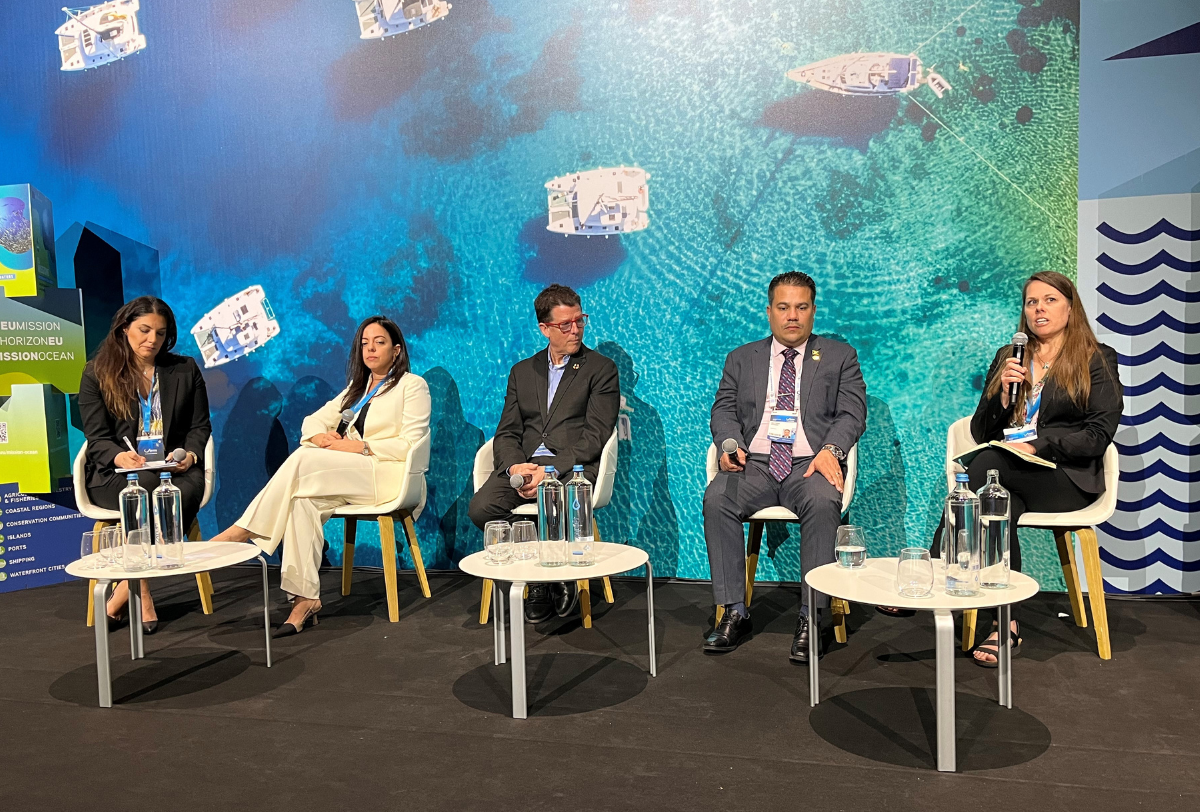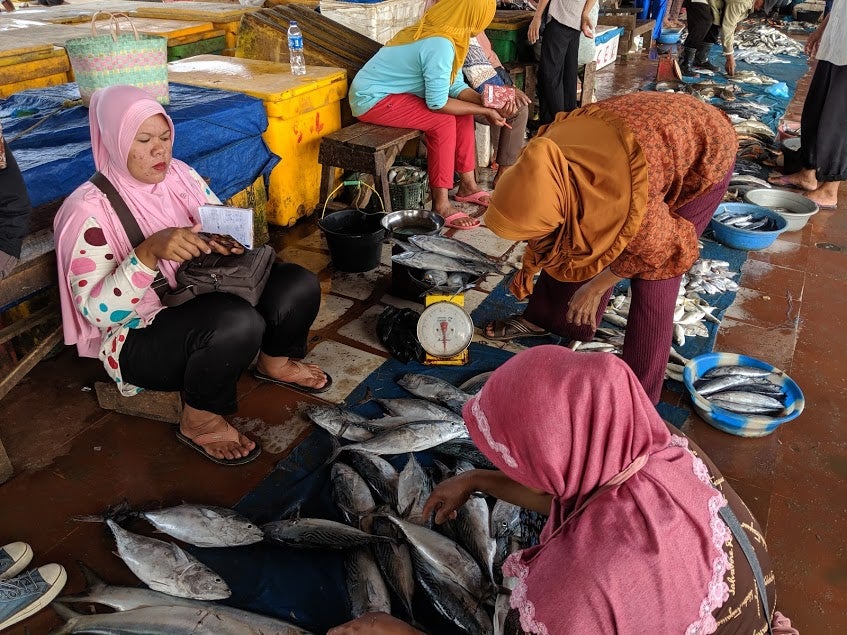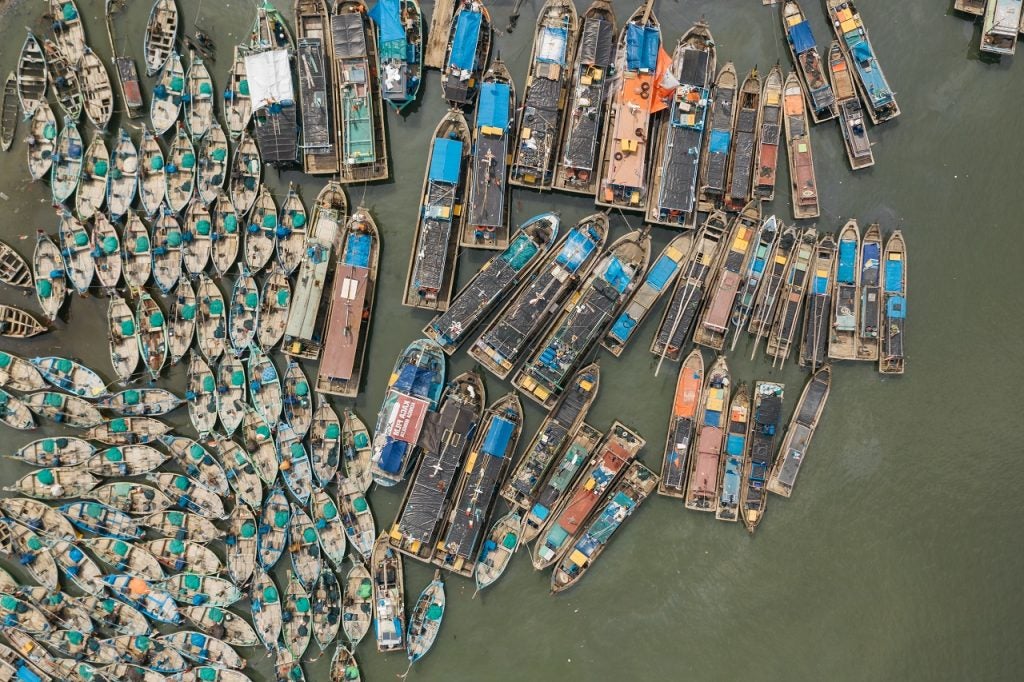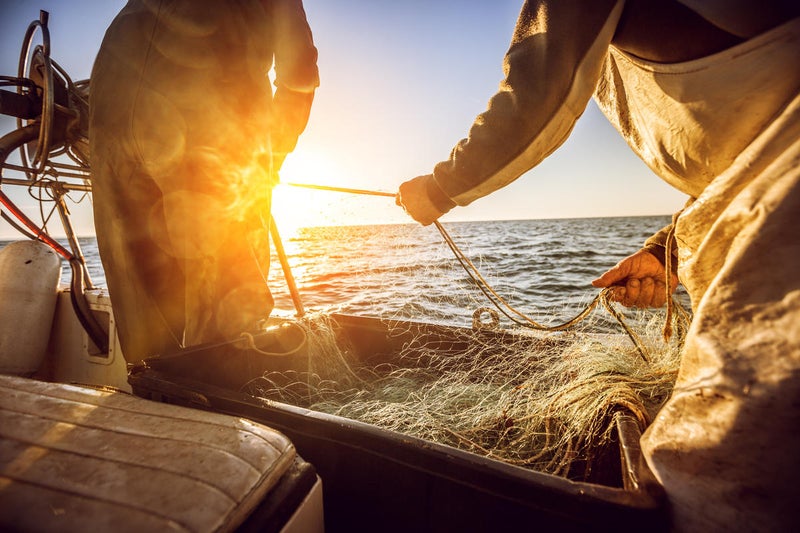“An Ocean of Potential” was the tagline at this year’s Our Ocean conference in Greece on April 15-17. The phrase encompasses the breadth of possibilities that the ocean holds for us. It also encapsulates EDF’s approach to supporting climate-resilient fisheries and oceans. What do we mean when we say that there is “an ocean of potential”? Read More
EDFish
Our Oceans Conference Reminds Us of the Ocean’s Incredible Value
Linking knowledge and action for climate-ready fisheries: Putting the puzzle together
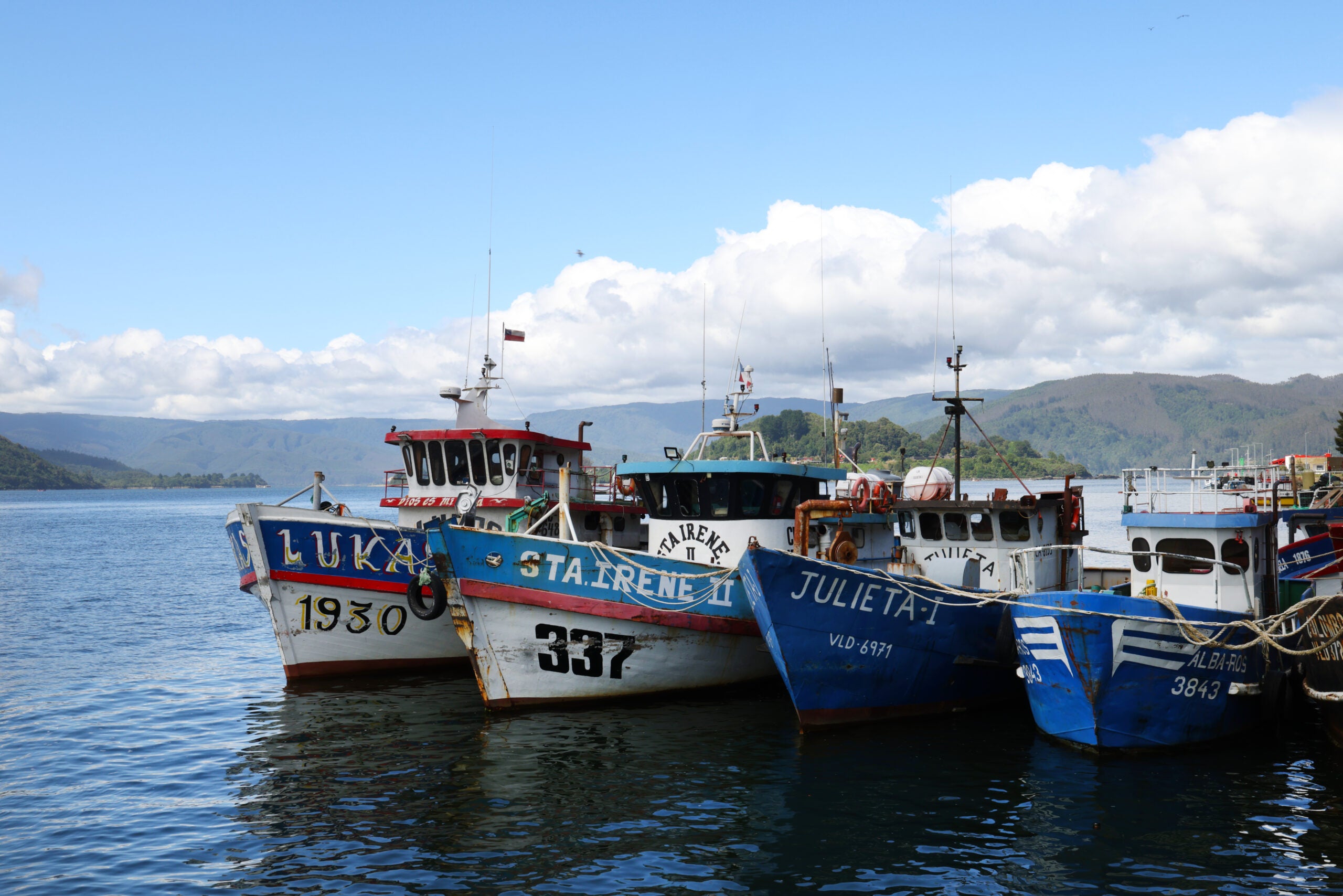
Through collaboration and action, US fisheries can be managed with methods to enhance climate resilience.
By Julia Mason and Sarah Weisberg
What will it take to create climate-resilient fisheries?
Fisheries scientists and managers across the US have been sensing a change in the air — and not just the highest temperatures ever recorded, although they probably contribute. There’s a growing sense of climate urgency in fishery management conversations and agendas.
The Climate-Resilient Fisheries Toolkit can help you build resilience now
By Jeff Young
Climate change and overfishing are increasingly straining fisheries and marine ecosystems, putting marine biodiversity, the nutrition of people in coastal communities and global food supply at greater risk. Fishers, community leaders and practitioners worldwide are poised to take action, but often grapple with uncertainty, limited data or insufficient resources. Meanwhile, the journey of building resilience can often feel daunting and overwhelming. These leaders and change-makers are not alone in their experiences and tangible solutions to these major challenges are within reach. Read More
Women fishers are vital to the livelihoods, food security, health and culture of billions worldwide
By Karly Kelso, Director of Climate Resilient Food Systems at EDF, and Michelle Tigchelaar, Research Scientist at Stanford Center for Ocean Solutions
Three billion people depend on our oceans, rivers and lakes for nutritious blue foods. By 2050, our global population is expected to reach 10 billion and global demand for blue foods is expected to roughly double. Blue foods, including fish, shellfish and seaweeds, provide vital nutrients like protein, zinc, vitamin A and omega-3 fatty acids — nutrients important for all sexes and ages but especially for young children and pregnant and breastfeeding women. We must ensure that blue food systems are environmentally sustainable in a changing climate, that they can continue to nourish our global population, and that they contribute to thriving coastal communities and gender equality. Read More
As the Blue Economy blossoms, the fishing industry is being left behind. What can we do about it?
By Julia Rose and Christopher Cusack
The generation of goods and services on or for the oceans has been growing exponentially in recent years. Industries such as shipping, marine tourism, aquaculture and renewable energy contribute to a “Blue Economy” that employed 2.3 million Americans and generated $373 billion for the U.S. economy in 2018. Read More
The Silver Anniversary of Sustainable Fisheries
Unsustainable fishing remains among the planet’s most serious and elusive environmental challenges. When it comes to the ocean, scientists agree that while reducing and mitigating climate risks is the biggest long-term threat, getting fishing intensity right is the biggest near-term need. Read More










